The Hidden Crisis of Malnourishment: Why Eating Seasonally Is More Important Than Ever
Have you ever wondered how, in a world where food is abundant, so many of us are still malnourished?
It sounds strange at first — a paradox hidden in plain sight. Supermarket shelves overflow, restaurant menus stretch longer than novels, and yet, around 2 billion people are malnourished today [3]. Meanwhile, 2.5 billion people are overweight [3]. This is not a crisis of scarcity.
It’s a crisis of quality, timing, and connection — and how we choose to eat now holds the key to a healthier, more stable future.
The Malnourishment Paradox: Too Many Calories, Too Few Nutrients
Walk into any store, and the evidence is clear: our food system delivers calories, not necessarily nutrition.
Processed foods dominate — chips, soft drinks, packaged meals — providing easy, cheap energy without the vital nutrients that build resilient bodies [1][2][7]. As the Food Wars authors emphasize, our modern food systems have "reduced the quality and nutritional value of foodstuffs," resulting in a double burden of disease: hunger persists in some corners of the world while obesity and chronic illnesses escalate elsewhere [3].
In short, calories have never been cheaper — but true nourishment has never been more out of reach.
The Environmental and Economic Toll of the Modern Food System
Our dependence on heavily processed food doesn’t just hurt our health; it strains the planet, too.
Industrial agriculture — the backbone of global processed food production — relies on monocropping, chemical fertilizers, and fossil fuels, causing widespread soil depletion, water scarcity, and greenhouse gas emissions [5]. In fact, the environmental pressures created by our food system are reaching crisis levels: fish stocks are collapsing, soils are eroding, and fresh water sources are drying up [5].
And while cheap food might seem like a win for consumers, it comes at a high hidden cost — rising healthcare expenses, damaged ecosystems, and increased vulnerability to global shocks like climate change and resource scarcity.
Food, Health, and the Climate Crisis: An Interconnected Reality
According to Food Wars, the modern food economy is locked in a troubling cycle: food production methods that promised abundance have ended up fostering both environmental collapse and a health epidemic [6].
This isn’t just about what’s on our plates. It’s about how our collective eating habits are actively shaping (and destabilizing) the world around us. Every burger, every imported strawberry out of season, every plastic-wrapped snack chips away at both ecological health and human resilience.
Meanwhile, climate volatility — droughts, floods, soil loss — is already threatening food security for millions [6]. If we continue on the current path, disruptions in food supply will only deepen inequality, hunger, and instability worldwide.
Why Eating Seasonally Is a Step Toward Change
At Fairies' Cuisine, we believe the solution starts closer to home — literally.
Choosing to eat what’s in season, when nature naturally provides it, is one of the simplest yet most powerful ways to reclaim our health, protect the environment, and support local economies. Here's why:
Seasonal produce is fresher and more nutritious.
Nutrients degrade the longer food travels and sits in storage.
It reduces dependence on industrial agriculture.
Local farms use less synthetic input, and seasonal eating reduces the demand for resource-heavy greenhouse production and imports.
It strengthens local economies.
Supporting nearby farmers builds community resilience — a crucial buffer in uncertain times.
It costs less — and gives more.
Seasonal fruits and vegetables are often cheaper at peak harvest. They’re also tastier and more satisfying, naturally reducing the desire for empty-calorie snacks.
When we eat seasonally, we align ourselves with a rhythm of life that has nourished humans for thousands of years — before globalization, before industrial agriculture, before food became a mere commodity.
Reconnecting to Traditional Eating for Health and Community
For centuries, home-cooked meals built around seasonal, local ingredients were at the heart of family and community life.
These meals weren’t just about feeding the body. They were about relationships — sitting at the table together, preparing food with intention, passing on knowledge from generation to generation.
Today, when economic pressures and fast-paced living pull families apart, cooking at home with seasonal ingredients offers a way to slow down, reconnect, and nourish not just ourselves but the people we care about.
Moreover, seasonal cooking stretches a tight grocery budget further. With inflation and food price volatility here to stay, eating seasonally isn’t just "nice if you can afford it" — it’s becoming a matter of practical survival.
A Call to Action: Choosing Better for Ourselves and the Planet
We stand at a crossroads.
The Food Wars research lays it bare: the way we currently eat is unsustainable — for our health, for our economy, for the future.
Technology and innovation will be important allies, but without meaningful changes at the personal and community levels, no invention will save us.
The wisdom of tradition—of eating what the land provides, when it provides it—remains one of the simplest, most powerful acts we can return to.
Radical change is needed, but radical doesn’t mean extreme. It means getting back to our roots — literally and figuratively.
At Fairies' Cuisine, we’re here to guide you toward simpler, more joyful ways to live and eat well, one season at a time. By embracing seasonal eating, you’re not just choosing better tomatoes. You’re choosing a better world — one meal, one small action at a time.
Next time you're at the market, try this:
Look for what's fresh and local.
Ask the vendor, "What's in season right now?"
Bring home one new ingredient you've never cooked before.
Experiment. Enjoy. And most importantly — share it with someone you love.
🌿 Your body, your community, and your planet will thank you.
Main Sources:
World Health Organization (WHO) – Malnutrition and Food Systems
https://www.who.int/news-room/fact-sheets/detail/malnutritionFAO (Food and Agriculture Organization of the United Nations) – The State of Food Security and Nutrition in the World
https://www.fao.org/publications/sofi/en/Food Wars: The Global Battle for Mouths, Minds, and Markets – by Tim Lang, Michael Heasman (Primary reference for the blog)
https://www.researchgate.net/publication/283327038_Food_Wars_The_Global_Battle_for_Mouths_Minds_and_MarketsHarvard School of Public Health – The Nutrition Source: Global Food Systems
https://www.hsph.harvard.edu/nutritionsource/sustainability/global-food-systems/UN Environment Programme (UNEP) – Food Systems and Natural Resources
https://www.resourcepanel.org/reports/food-systems-and-natural-resourcesThe Lancet Commission on Obesity – The Global Syndemic of Obesity, Undernutrition, and Climate Change
https://www.thelancet.com/commissions/global-syndemicFAO/IFAD/UNICEF/WFP/WHO Report 2023 – The State of Food Security and Nutrition in the World
https://www.fao.org/documents/card/en/c/CC3017EN







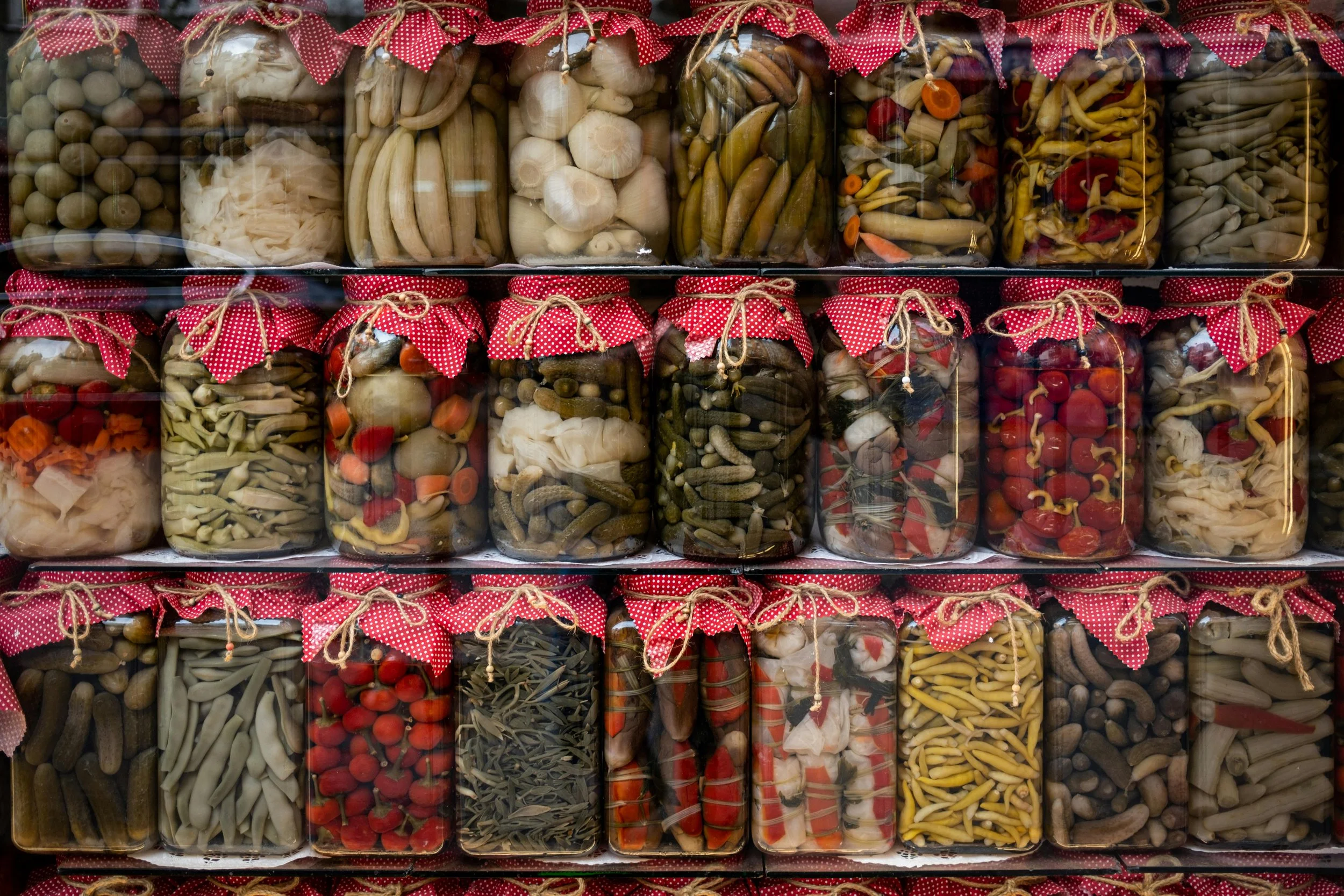




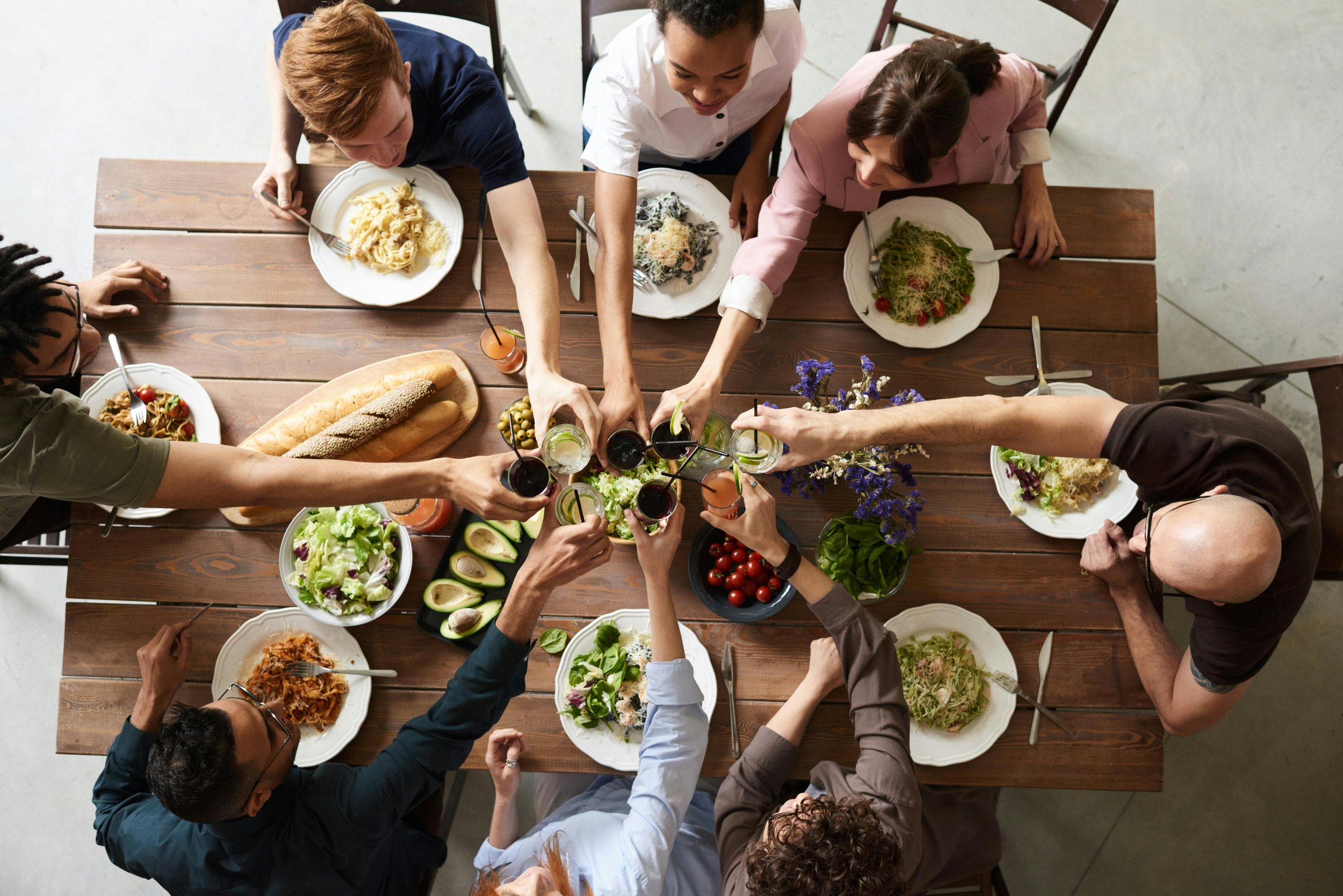










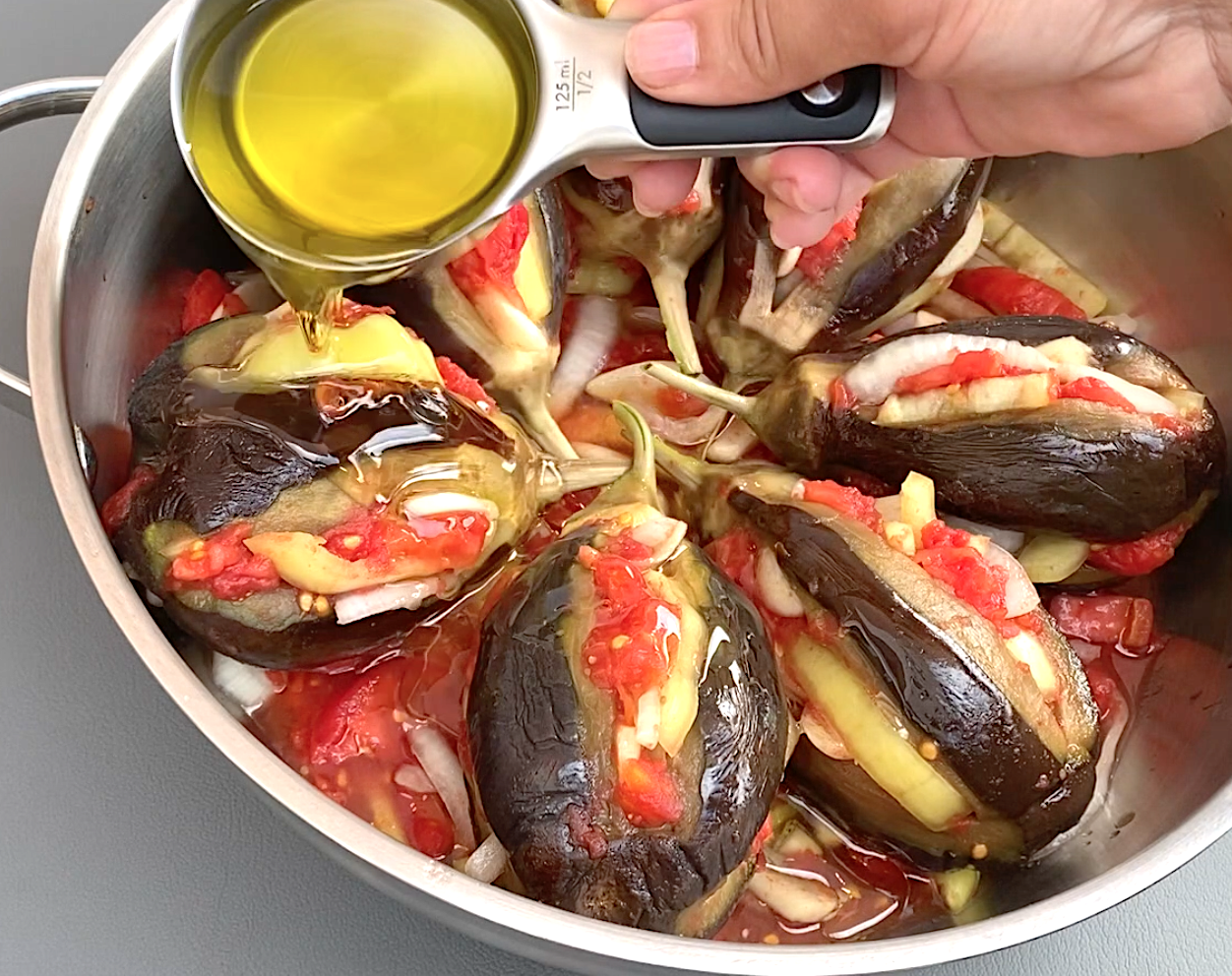








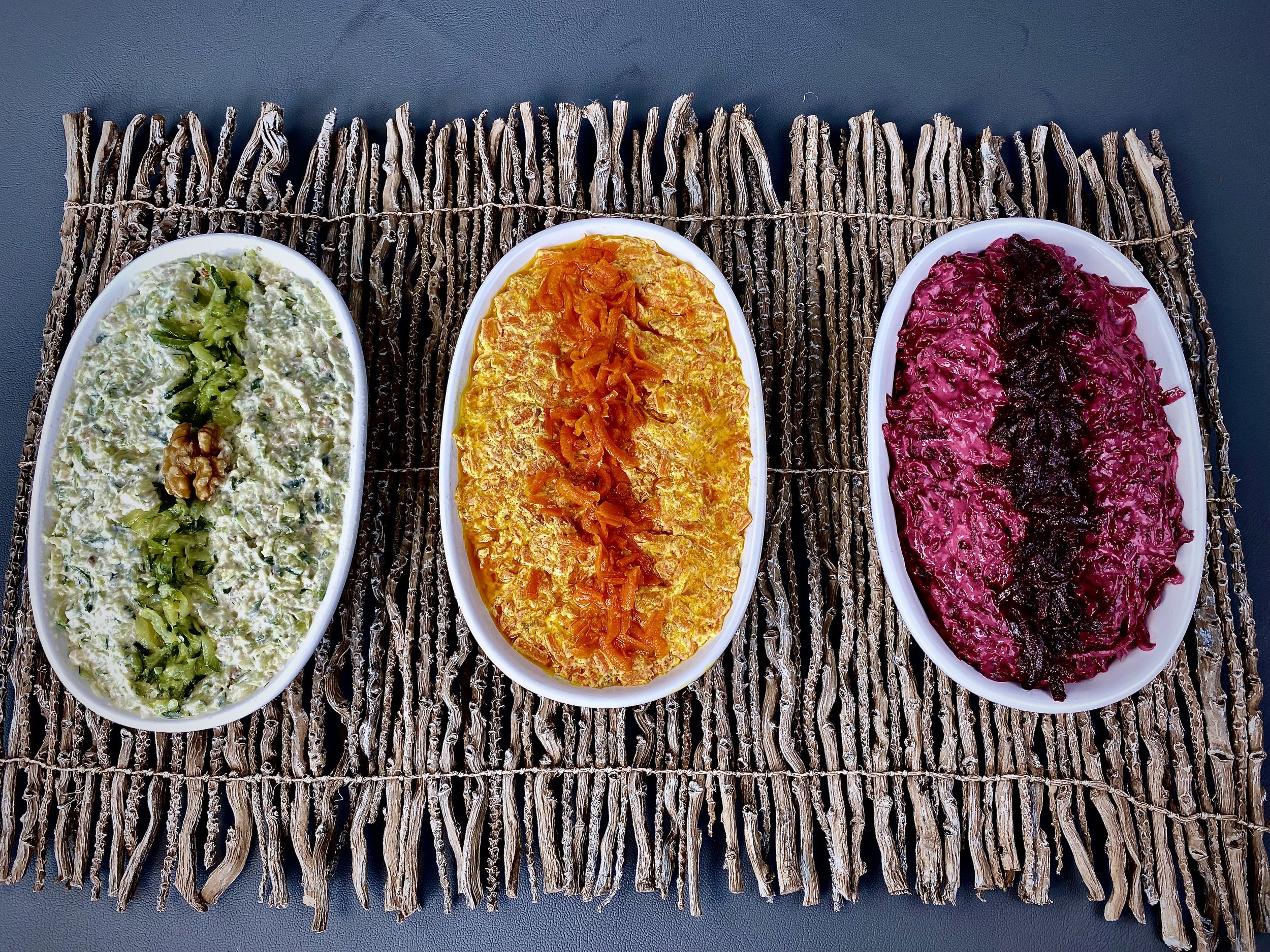
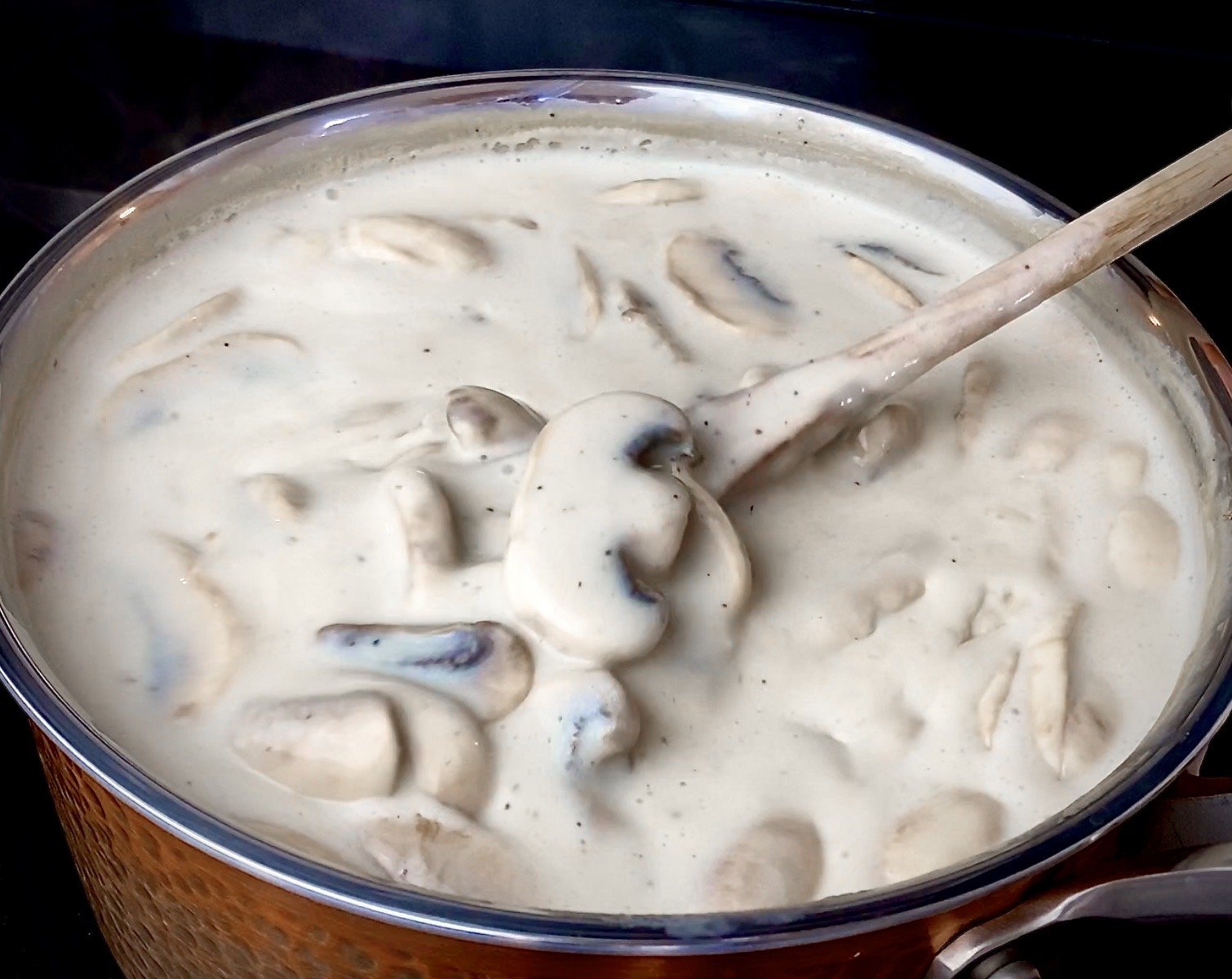
What if the healthiest thing you could do is stop believing everything in the grocery aisle that calls itself “super”?